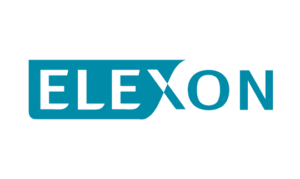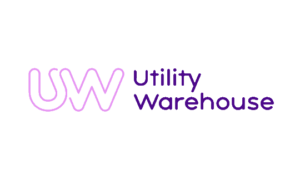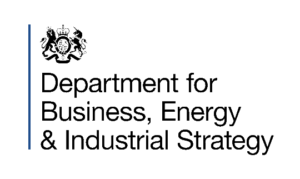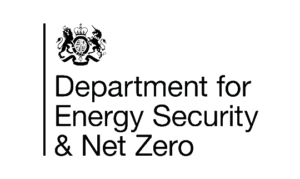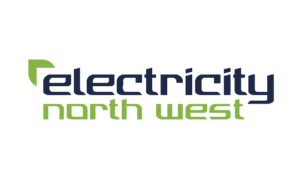Energy suppliers hold a pivotal role in ushering in a new era of variable or time-of-use tariffs for their customers. By effectively communicating the advantages of these tariffs and offering transparent insights into their functionality, energy suppliers can encourage customers to embrace these innovative plans and make well-informed decisions about their energy consumption.
What are the key factors driving customer adoption of variable or time-of-use tariffs?
Unlocking the Benefits
Variable or time-of-use tariffs present a plethora of advantages for energy suppliers, ranging from balancing supply and demand to reducing peak-time energy usage, leading to increased customer satisfaction. While these benefits are undoubtedly compelling, we must delve deeper into the motivations that will drive customers to embrace these tariffs willingly. Are customers primarily driven by monetary savings on their energy bills, or are other factors influencing their decisions?
Understanding the Customer
For many customers, variable or time-of-use tariffs might be a novel concept, and they may not fully comprehend how these plans operate. To ensure successful adoption, energy suppliers need to embark on an educational journey with their customers, enlightening them about the intricacies of these tariffs and offering practical tips for making the most of the plans. This educational journey could include guidance on adjusting energy usage during off-peak hours to capitalise on lower rates or rebates. Additionally, providing user-friendly tools and apps that empower customers to monitor their energy consumption and identify money-saving opportunities will prove instrumental in fostering widespread adoption.
Motivating with Incentives
Incentives can be a powerful catalyst for customers to embrace variable or time-of-use tariffs. While discounts and rewards will undeniably attract attention, other motives can also play a significant role in convincing customers to switch to these tariffs or adapt their energy usage during “event periods.” Some of these motives include:
- Environmental Stewardship: Many customers are increasingly conscious of their environmental impact. By choosing innovative tariffs, they can contribute to sustainability efforts and reduce their carbon footprint.
- Empowerment and Control: Customers, especially prosumers (those who both consume and produce energy), value having control over their energy usage. Time-of-use tariffs provide them with a sense of authority over their consumption patterns.
- Integration with Smart Homes: With the rise of smart home technology, customers who have invested in such devices naturally want to optimise their energy usage through intelligent management systems.
- Enhanced Convenience and Flexibility: Thoughtfully designed tariffs can offer customers added convenience, flexible billing options, and user-friendly payment methods.
Simplifying the Transition
Customer hesitation in switching tariffs often arises from perceived complexity or confusion surrounding the process. To encourage adoption, energy suppliers must streamline the transition by simplifying the switching process and providing clear instructions for sign-up. Online tools and user-friendly apps will play a pivotal role in easing this transition for customers.
Paving the Way to a Sustainable Future: Innovative tariffs will serve as crucial stepping stones on the path towards achieving net zero emissions. As the industry strives to create a more sustainable energy landscape, the success of these tariffs will significantly influence the outcome.
We offer trusted and independent advice as energy consultants committed to supporting you in addressing current challenges and realising long-term strategic goals. For more information, please get in touch.






